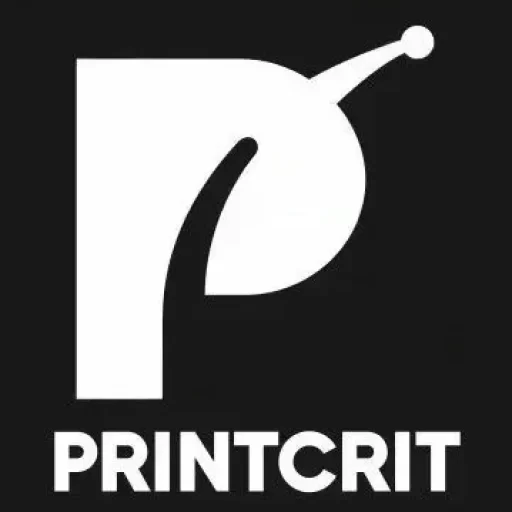When it comes to printing, speed is a major factor in how well your printer gets the job done. In this article, we’ll discuss some of the factors that influence the speed of an inkjet printer and how you can use them to improve your printing experience.
Types of Inkjet printers come in two main types:
Single-pass printers work by spraying a single line of ink onto the paper, which is then dried and repeated until the document is complete.
Multi-pass printers use two or more passes to spray multiple lines of ink at once, allowing for faster printing speeds.
Resolution
The resolution of your printer is a major factor in the speed of printing. Higher resolutions require more ink to be sprayed so they take longer to print, while lower resolutions use less ink and therefore can be printed faster.
The Type of Ink Used
Different types of inkjet printers use different types of ink, which affects the speed at which they can print. Dye-based inks are typically faster than pigment-based inks because they dry more quickly and don’t
require multiple layers to produce a good print. However, dye-based inks can be prone to smudging and fading over
time. Pigment-based inks offer better results but take longer to dry.
Printer Speed Settings
The speed settings of your printer can also have a significant impact on the speed of printing. Most printers come with several speed settings, allowing you to choose how quickly or slowly you want your documents printed. Generally speaking, faster speeds will result in lower-quality prints but they can be useful if you need to get something done quickly.
Printer
The type of printer you have can also affect the speed at which it prints. Generally speaking, higher-end printers will print faster than lower-end models due to their more powerful hardware and software. Laser printers are generally the fastest type of printer available but can be expensive and may not work with some types of paper.
Tips for Improving Inkjet Printer Speed
- Choose a printer with higher print resolutions if you need faster speeds and better results.
- Use high-quality paper designed specifically for inkjet printers to maximize print speed and quality.
- Adjust the printer speed settings according to your needs – faster speeds will result in lower-quality prints but can be useful when time is critical.
- Make sure you are using the right type of ink for your printer – dye-based inks are generally faster than pigment-based inks, but they may not last as long.
- Regularly clean and maintain your printer to ensure optimal performance.
By following these tips, you can make sure that your inkjet printer is running at peak efficiency so you can get the most out of it. Whether you’re printing documents or photographs, understanding how the different factors affect the speed of an inkjet printer will help you get the results you need in no time.
Different Types of Paper Used for Inkjet Printing
When it comes to printing documents, there are many different types of paper that you can use. The type of paper you choose can have an effect on the speed and quality of your prints.
Photo Paper – Photo paper is designed specifically for printing photographs and offers superior results compared to regular printer paper. It’s generally thicker than regular printer paper, which can affect the speed at which it prints.
Construction Paper – Construction paper is typically thicker and more durable than regular paper, so it may take longer to print. However, the results can be well worth the wait as construction paper offers excellent quality prints that are perfect for crafts and other projects.
Cardstock – Cardstock is even thicker than construction paper, making it an ideal choice for documents that require a more durable material. While it may take longer to print, cardstock is generally worth the extra time as it provides superior results and durability.
No matter what type of paper you choose, understanding how the different factors affect the speed of an inkjet printer is key to getting the best results. By making sure you have the right type of printer and the right type of ink, you can ensure that your documents are printed quickly and accurately.
Conclusion
Inkjet printers offer a wide range of speeds and features, making them a great choice for printing everything from documents to photographs. Understanding the factors that influence their speed can help you make the most of your printer and get the results you need in no time. Remember, the type of ink used, resolution settings and type of printer all play an important role in determining how fast an inkjet printer can print. Knowing this, you can make sure that your printer is set up to get the best results in the shortest amount of time possible.

Hey! It’s Aman. Nice to meet you 🙂 I’m a passionate learner and web developer. I have been in the internet industry for 5 years now. With my knowledge and experience, I strive to create unique websites that provide simple yet efficient user experiences.
